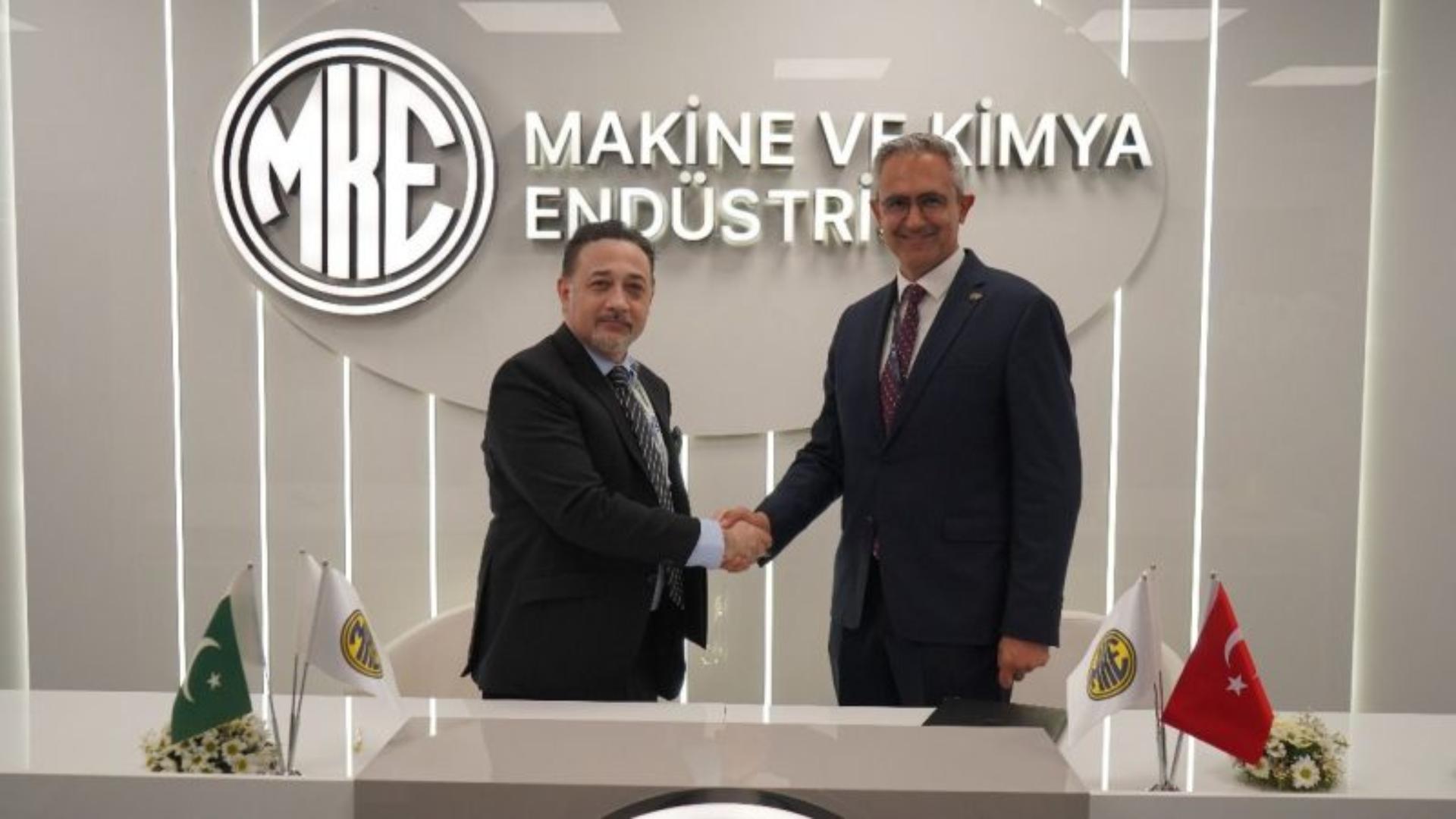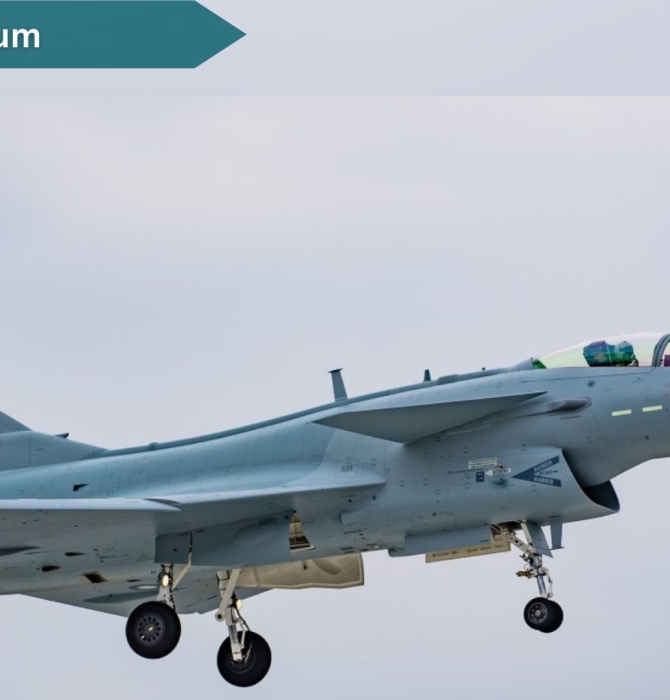14064Views

Analysis: Turkish and Pakistani Defence Industries Should Collaborate, Not Compete Quwa Premium
During the 2025 International Defence Exhibition and Fair (IDEF 2025), Pakistan’s Global Industrial & Defence Solutions (GIDS) signed an agreement with Turkey’s Mechanical and Chemical Industry Corporation (MKE) to ‘cooperate on aerospace munitions.’ It was a key achievement, which GIDS is trying to build upon with its stronger marketing push, especially in new markets for the Pakistani defence industry, like Latin America.
Speaking with Quwa, GIDS CEO Asad Kamal highlighted that “collaboration between the Turkish and Pakistani industry has much more potential than where it is today,” but major challenges persist stopping the two from capitalizing on their synergistic potential.
Turkey Rising to Fill Russia’s Void
Seeing the Turkish industry grow its market presence through the years, Kamal noted that the country’s public and private sector is poised to become a significant player, especially with the Russian industry’s receding presence. For militaries that would generally prefer more Western oriented systems, Turkey offers a preferable pathway for new-generation solutions, especially over China, despite the latter’s competitive pricing and diverse product offerings.
In an earlier analysis, Quwa noted that US-led sanctions on Russia and the latter’s ongoing war in Ukraine has opened pathways for growth for new defence industry entrants. Of these, the Chinese, Turkish, and South Korean defence industries are poised to grow the most.
Of these newer entrants, one can see three distinct market entry strategies at play.
First, the Chinese leverage their economies-of-scale to offer the most competitively priced solutions, at least upfront. Its industry has also advanced to a level where it can also provide solutions with contemporary – and in some segments, cutting-edge – subsystems.
A notable example of this approach is the J-10CE Dragon. While its configuration is broadly comparable to that of the F-16C/D Block-70/72 – e.g., leveraging an active electronically scanned array (AESA) radar, helmet-mounted display and sight system (HMD/S), etc – it also leverages the PL-15E, which uses an AESA-based seeker, which is uncommon among long-range air-to-air missiles (LRAAM) today. However, this capability set comes at a markedly lower upfront cost compared to the F-16 Block-70/72 and other, especially Western, competitors.
While the Chinese will also offer loans/financing to back their deals, their willingness to engage in supply-chain integration, offsets, and partnerships with their customers is limited. For China, the goal is to drive sales as flexibly as possible, but not concede its own industry’s activity and workshare in such arrangements. In contrast, the Turks engage through partnerships.
Turkish companies, be it state-owned or private sector, generally cannot scale as much as the Chinese. The domestic userbase is much smaller and, individually, cannot sustain the research and development (R&D), fixed production, and other overhead costs. This creates an incentive to engage in partnerships – and concede on workshare and offsets – to distribute the overhead and other fixed costs. The approach leads to lower unit costs and it enables the Turkish market players to move onto other projects as they would not be as tied down to previous ones due to past financial obligations or sunk costs (as those will be shared by other countries).
While geo-strategic considerations are the preeminent factor, the Turkish model arguably gels well with potential Western buyers (e.g., as shown with Spain procuring the Hurjet trainer) than the Chinese approach. In markets where preserving domestic industries (and, in turn, jobs and manufacturing activities), partnerships and offsets are critical.
In contrast, South Korea appears to be using a combination of these two strategies where it can offer scalable, low-cost solutions on one hand (e.g., the F/A-50) while concurrently also offering collaborative avenues to next-generation programs. When thinking of the market in broad terms, South Korea might pose the biggest challenge to Turkey than China as, unlike the latter, Seoul is a Western-aligned supplier.
Reflecting on this market reality, Kamal notes that there could be potential for Pakistan and Turkey to collaborate on several fronts so as to better position both their respective goods as credible alternatives to the dominant Western and Eastern players.
The Challenge of Pakistani-Turkish Defence Ties
Historically, Turkish and Pakistani defence ties have been stronger on bilateral cooperation between their respective military service arms, particularly the Turkish Air Force (TurAF) and the Pakistan Air Force (PAF). From large-scale exercises and training initiatives, the bilateral inter-military engagements have grown, involving now both countries’ navies and armies.
But in the defence industry sphere, particularly in terms of collaboration and procurement, the two countries did not engage as deeply as both sides might have initially hoped.
End of excerpt. You’ll need to login or subscribe to Quwa Premium to access the full article.
Existing Quwa Plus/Pro members can log in below
Note: Logged in members may need to refresh the article page to see the article.


